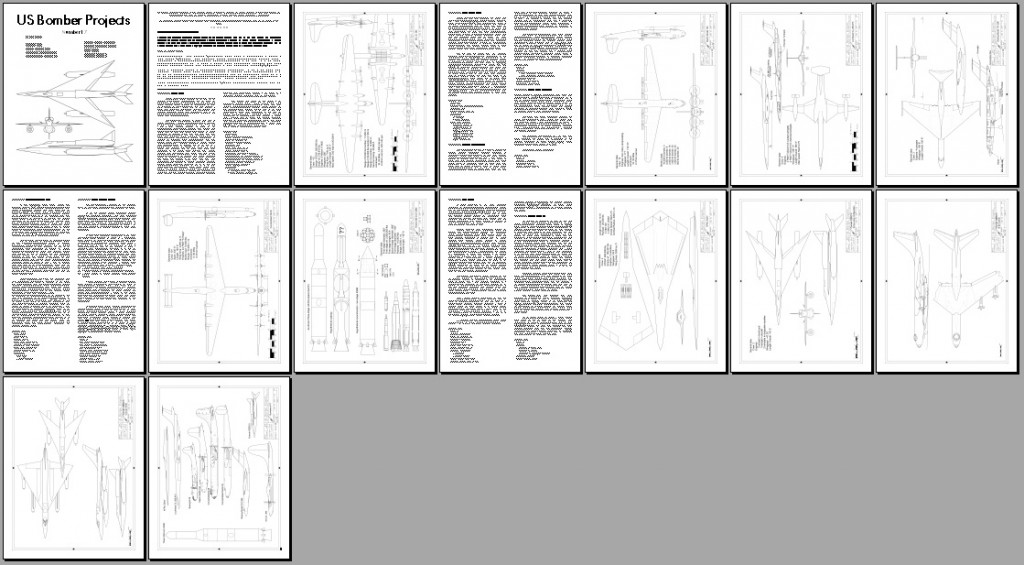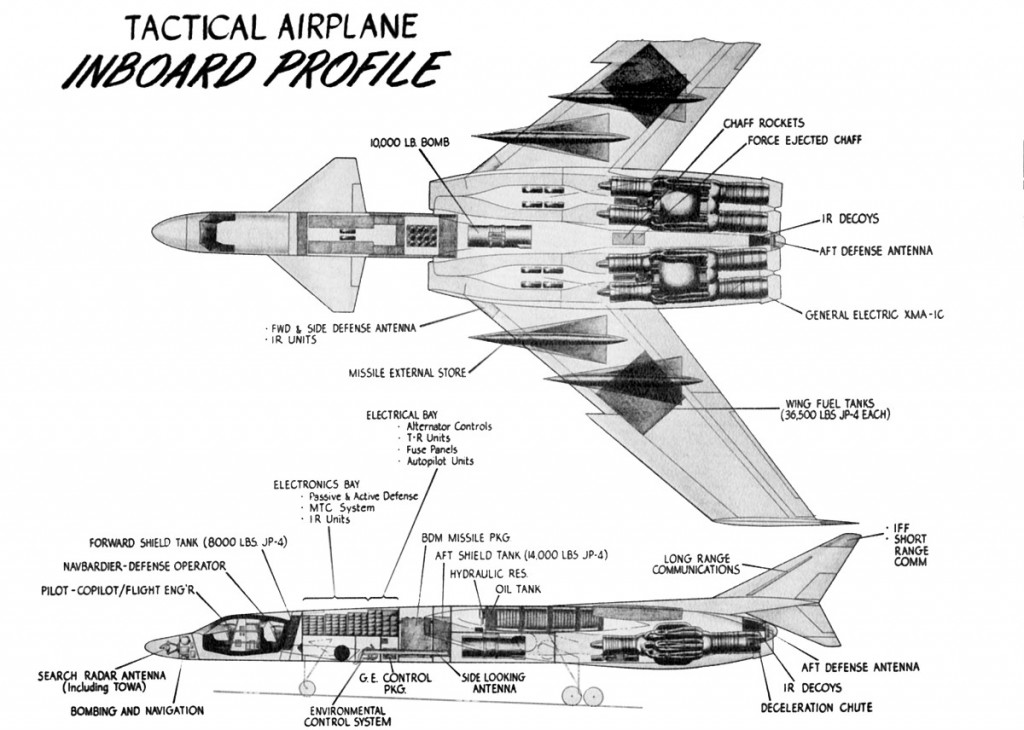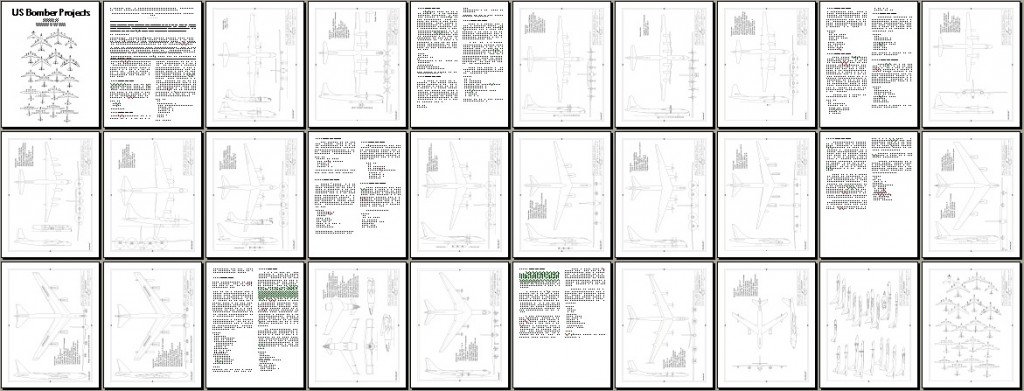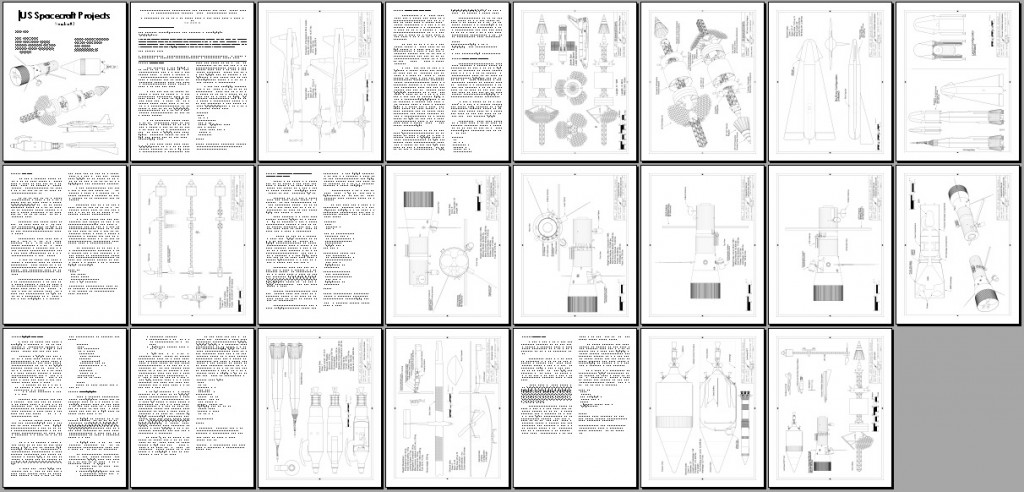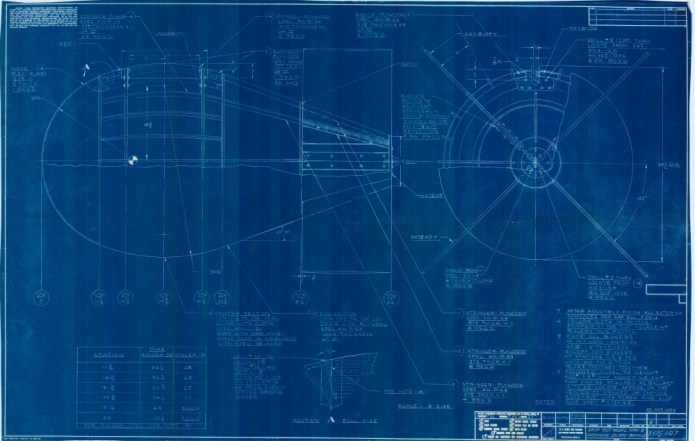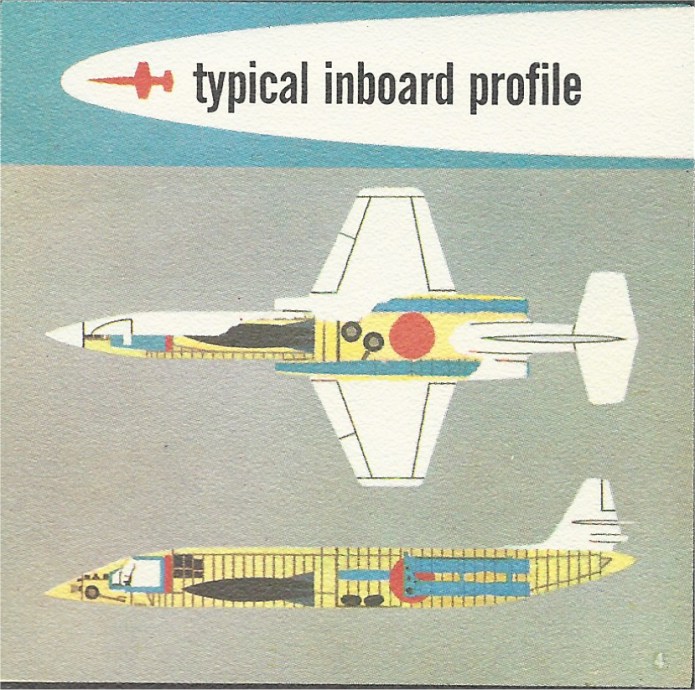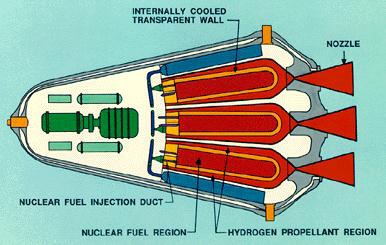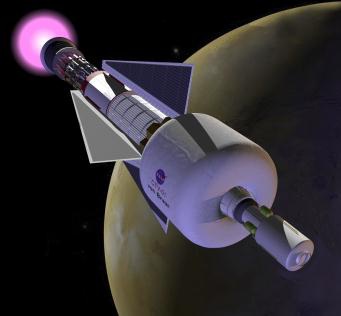Just under the wire, rewards for November have been made available to APR patrons. Three documents and one large-format diagram, and one all-new CAD diagram, have been posted:
- NASA diagram (on two sheets) of a NERVA nuclear rocket engine display model, presenting the configuration with detail and clarity
- An article on a orbiting nuclear power station
- A full-color brochure (via photographs) on the Convair Model 36, their entry for what became the B-36
- A North American Aviation presentation on delta wings for the X-15, presenting a few different configurations
- An all-new layout CAD diagram of the Bernal Sphere space colony concept
If you’d like to help out and gain access to these and past and future rewards, please check out the APR Patreon.



